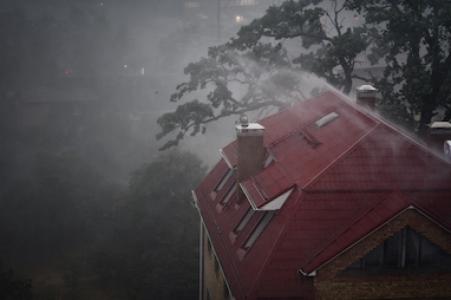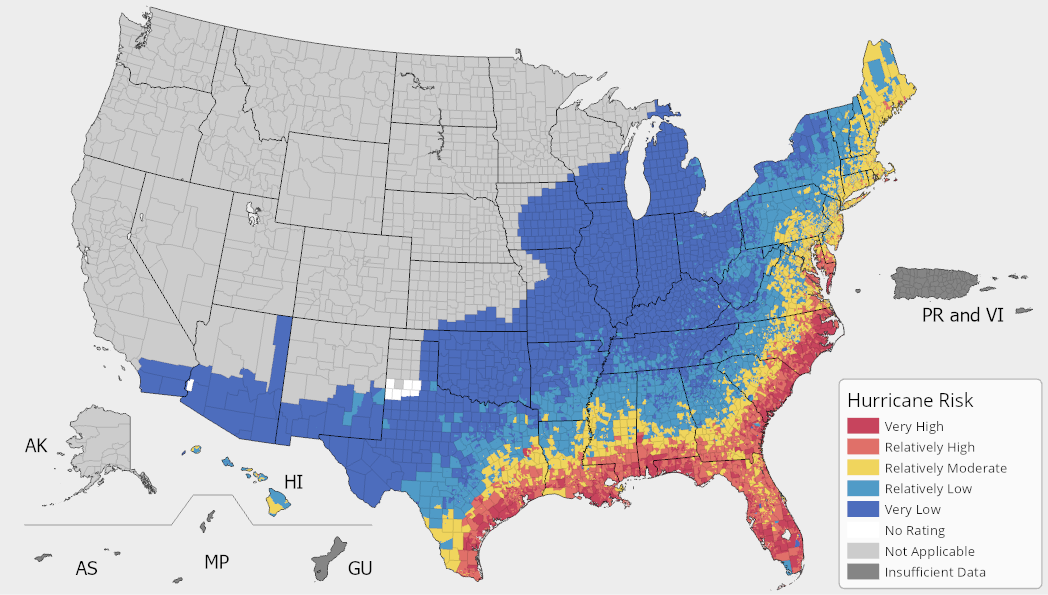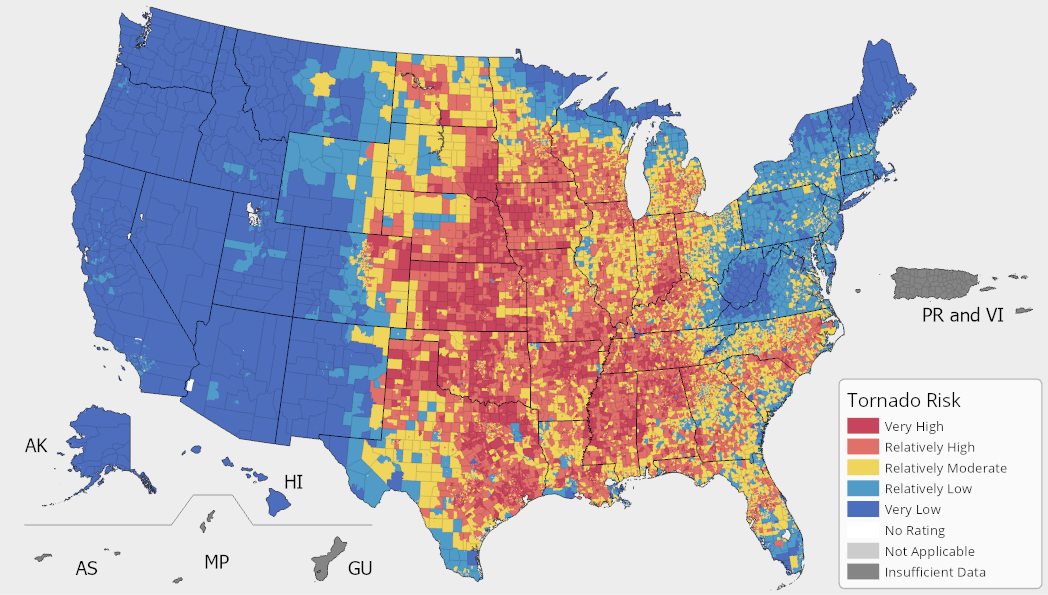
How to Help Your Home Stand Up to Hurricanes and Tornados
If you live near the Atlantic coast or in “Tornado Alley,” you’ve probably wondered if your home is strong enough to withstand record-breaking winds unscathed. Fortunately, numerous preventative steps can potentially reduce Mother Nature’s destructive power.
Hurricanes
The U.S. hurricane season typically runs from June through November, peaking August-October. Although many named storms never make landfall, some do. And while coastal areas bear the brunt of a hurricane, high winds, and relentless rains can damage properties for hundreds of inland miles.
The vast majority of U.S. hurricanes impact the Atlantic region, although Pacific coast states are occasionally threatened. According to the U.S. Department of Homeland Security, these areas experience the greatest risk of hurricanes:

Source: FEMA
Tornados
According to the National Oceanic & Atmospheric Administration’s (NOAA) National Severe Storms Laboratory (NSSL), the U.S. experiences roughly 1,200 tornadoes annually.
Tornados may not last as long as hurricanes, but they’re highly destructive and potentially affect a larger swath of U.S. properties. The following areas are at highest risk:

Source: FEMA
5 Critical Concerns
If a storm is bearing down, your top priority is personal safety—quickly moving into a protected location or executing an emergency exit plan. However, long before you reach this point, there are at least five ways to shore up your home’s physical defenses against damaging wind, rain, and hail.
1. Reduce flying and falling debris.
Prune your trees periodically to remove dead, damaged, or heavy and overextended branches. Pruning will make it easier for the wind to blow “through” a tree instead of severely damaging it—or your home. Also, consider installing supporting cables to trees with large, vulnerable branches.
During high wind events, unsecured objects can become dangerous projectiles. Safely store patio furniture, rugs, potted plants, yard care equipment, etc.
2. Strengthen and protect your roof.
There are many ways to improve your roof’s structural integrity and water resistance. For example, you can add roof straps (or clips) so the rafters are firmly attached to and reinforced by the wall framing.
Additionally, a polyurethane foam adhesive can be applied to the underside of the roof to bolster its strength and rigidity against uplift.
3. Protect windows and glass doors.
If you’re replacing any windows or sliding doors, investigate impact-resistant and hurricane glass options, which include a polymer layer that will keep the window intact even if the glass is shattered by flying debris.
You can also protect windows and patio doors with various shutters, including rolling, accordion, Bahamas style, and wood or aluminum storm panels. Some homeowners opt to cover their glass with plywood sheets for temporary protection.
4. Reinforce exterior doors.
To help ensure your doors won’t blow open by the force of high winds, make sure they have three sets of hinges and a deadbolt lock that extends at least one inch.
Since garage doors are one of the most vulnerable home features, consider reinforcing or upgrading your door and the tracks to withstand high winds and flying debris better.
5. Review your homeowners insurance.
Homeowners insurance is specifically designed to cover damage to your home due to catastrophic events. However, ensuring you have enough and the right coverage is essential.
For example, some policies exclude wind damage or have higher deductibles for windstorm damage. Also, homeowners insurance does not typically cover flood damage and usually requires a separate policy.
Helpful Resources
FORTIFIED Program
The Insurance Institute for Business & Home Safety (IBHS) developed FORTIFIED voluntary construction standards to help homeowners build or retrofit their roofs and other home features to withstand the impacts of high winds, hail, or driving rain.
In addition to protecting your home, a FORTIFIED designation may help you qualify for insurance discounts, tax credits, or lower deductibles. It may also make your home more attractive to potential buyers when you want to sell.
